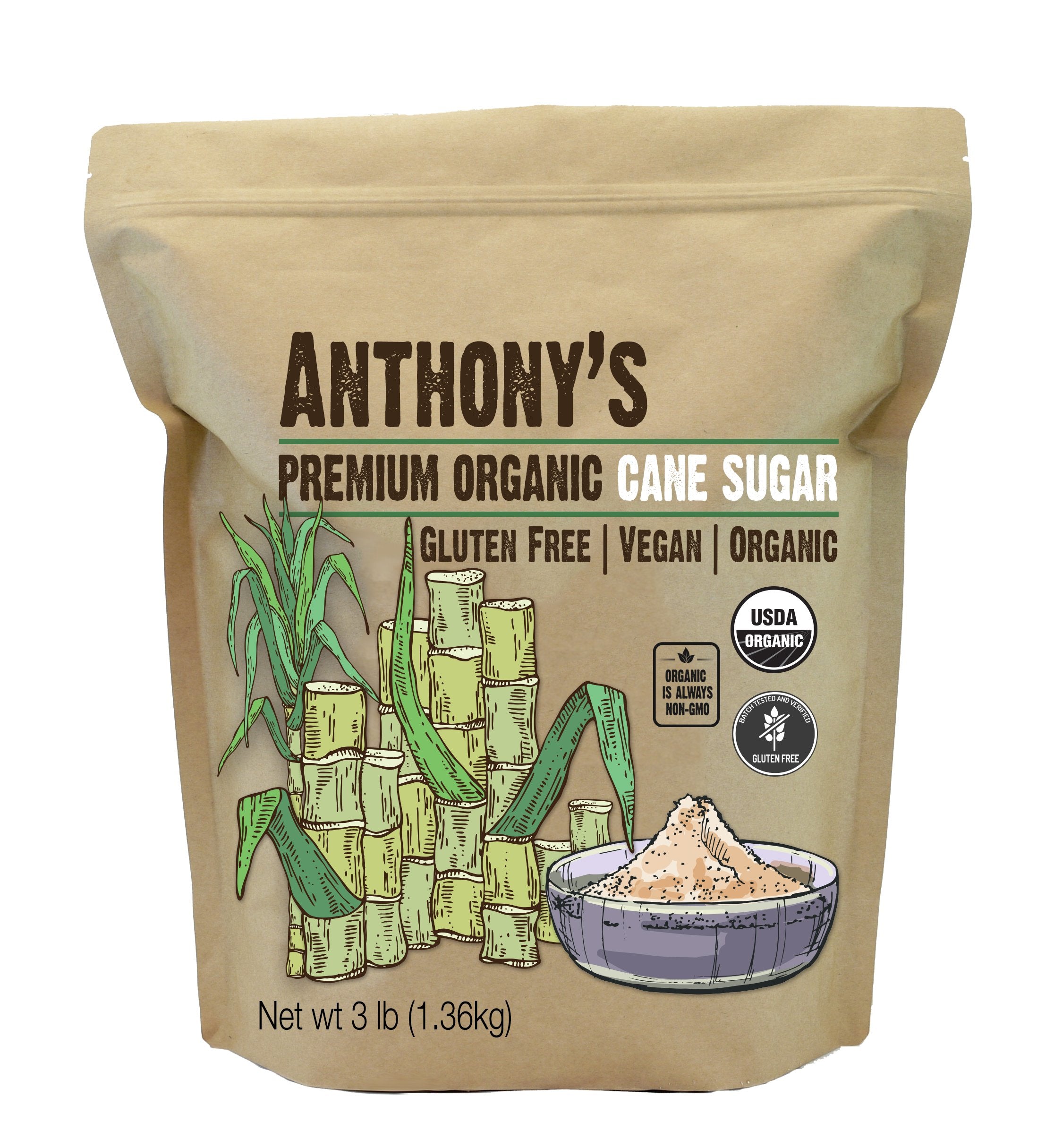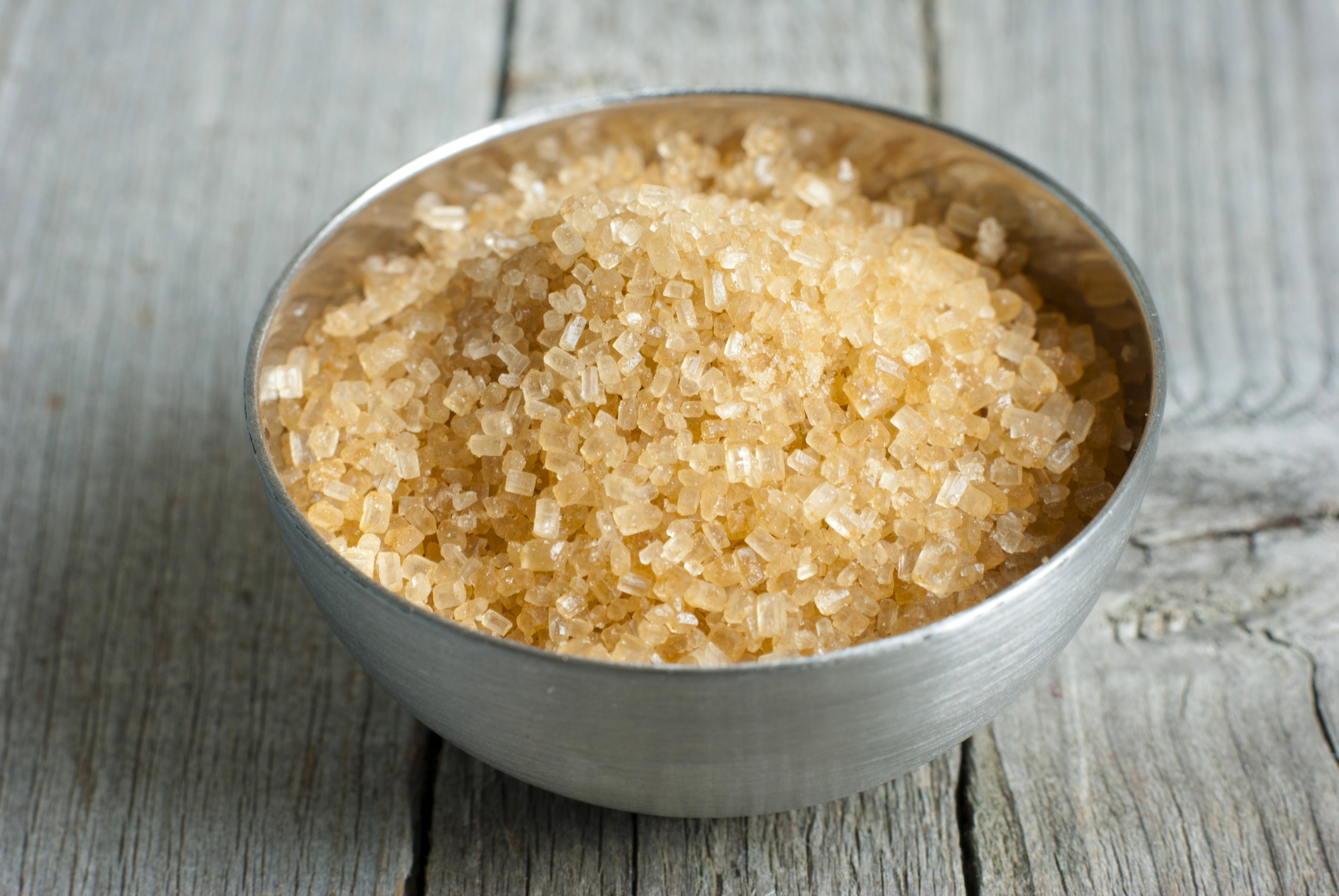Cane Sugar Processing Explained: What Occurs Inside a Sugar Mill
Cane Sugar Processing Explained: What Occurs Inside a Sugar Mill
Blog Article
A Thorough Overview to the Ecological Impact and Sustainability Practices in Walking Cane Sugar Processing
The environmental impact of cane sugar handling provides a complex range of challenges that warrant mindful assessment. From soil degradation and extreme water usage to the carbon impact connected with cultivation and manufacturing, the repercussions of conventional practices are far-ranging. What certain methods can be carried out to strike an equilibrium between productivity and ecological stewardship?
Review of Walking Stick Sugar Processing
Walking stick sugar processing includes a series of methodical steps that change sugarcane into polished sugar. Initially, gathered sugarcane is delivered to processing facilities, where it undergoes cleaning up to remove dirt and particles. Following this, the walking stick is squashed to draw out juice, which is after that clarified by getting rid of pollutants via heating and the enhancement of lime.
The made clear juice undergoes evaporation, where water is gotten rid of to focus the sugar content. These crystals are separated from the staying syrup making use of centrifugation, resulting in raw sugar.
The final product is after that dried out and packaged for circulation. Throughout this whole process, maintaining efficiency and high quality control is important to make certain the sugar meets industry requirements. Each step in walking stick sugar handling not just adds to the end product but also has ramifications for source usage and waste generation, establishing the phase for conversations on sustainability and ecological influences connected with sugar production.
Environmental Challenges of Production
The production of walking stick sugar provides a number of considerable environmental difficulties that warrant interest. One main concern is the comprehensive use agrochemicals, including chemicals and fertilizers, which can result in dirt destruction, biodiversity loss, and contamination of local water sources. The runoff from sugarcane fields typically carries these chemicals right into close-by communities, interfering with water life and affecting the health and wellness of neighborhoods reliant on these water bodies.
An additional obstacle is the high energy intake related to sugarcane processing. The boiling and refining phases call for considerable heat, primarily generated by shedding fossil fuels, adding to greenhouse gas discharges. In addition, the extensive land area needed for sugarcane farming can lead to logging and environment damage, further intensifying climate modification and threatening wild animals.
Moreover, the labor practices in some areas increase moral worries, as workers may deal with inadequate working problems and poor wages. This scenario frequently bolsters a cycle of destitution in local areas. Cane Sugar Processing. Resolving these ecological obstacles is crucial for developing extra lasting techniques in walking stick sugar production, eventually profiting both the atmosphere and the areas included in this market
Water and Land Use Impact
Water resources and land usage are vital components in the cane sugar sector that significantly influence the setting. The cultivation of sugarcane calls for substantial water input, with estimates suggesting that it can take in approximately 2,000 litres of water per kilo of sugar generated. This extensive use of water commonly brings about exhaustion of neighborhood water resources, impacting not only the sugarcane haciendas but also bordering environments and communities that count on the very useful content same water resources for farming and domestic use.

Furthermore, land usage for sugarcane growing can result in logging and the conversion of all-natural habitats right into monoculture ranches. This practice diminishes biodiversity, interferes with local environments, and adds to soil degradation. The development of sugarcane fields often elbows in on valuable farming land, producing competition for sources in between food and biofuel manufacturing.
Lasting methods, such as maximizing irrigation strategies and implementing plant rotation, are necessary to minimize these influences. By embracing more efficient water usage and land administration methods, the walking cane sugar sector can lower its environmental footprint, making certain a balance in between agricultural productivity and environmental conservation.
Greenhouse Gas Emissions
Greenhouse gas emissions stand for a substantial ecological worry within the walking cane sugar handling industry, particularly as farming practices broaden to satisfy global need. The growing of sugarcane, a crop that thrives in exotic climates, counts greatly on artificial plant foods and chemicals, which contribute to nitrous oxide discharges. Furthermore, land-use changes, consisting of logging for brand-new sugarcane haciendas, release carbon dioxide kept in vegetation and dirt.
During processing, energy intake is an additional significant source of greenhouse gas exhausts - Cane Sugar Processing. Many sugar mills use fossil fuels to power machinery and produce warm, causing significant carbon impacts. In addition, the transport of raw sugarcane and i thought about this ended up products includes layers of exhausts through gas combustion in lorries
This includes examining present agricultural methods, refining methods, and transport systems to recognize areas for renovation and mitigation. Dealing with greenhouse gas emissions is vital for promoting a more sustainable walking stick sugar sector in a transforming environment.

Lasting Practices and Innovations
Sustainable practices and developments are progressively important in the walking stick sugar processing industry as stakeholders look for to decrease environmental effects while preserving efficiency. One substantial development is the application of incorporated crop administration, which optimizes resource use by integrating dirt management, insect control, and plant turning strategies. This technique boosts return while lessening chemical inputs and preserving dirt wellness.
Moreover, the fostering of renewable resource resources, such as biomass from sugarcane deposits, has actually gained traction - Cane Sugar Processing. By converting waste products into energy, processing facilities can minimize their dependence on nonrenewable fuel sources, consequently decreasing greenhouse gas emissions
Water administration techniques have actually likewise seen renovations with the recycling and reusing of water in handling useful link plants, dramatically minimizing freshwater usage. Innovations in technology, such as precision agriculture, enable farmers to check crop health and wellness and source usage better, making sure lasting farming practices.
Furthermore, accreditation programs like Fair Profession and Jungle Partnership urge eco responsible farming techniques and promote social equity within the supply chain. By embracing these lasting techniques and advancements, the cane sugar handling market can improve its durability and add positively to environmental stewardship.
Verdict
The environmental impact of walking stick sugar handling presents significant difficulties, consisting of soil deterioration, high water usage, and greenhouse gas emissions, alongside moral problems related to labor techniques. Dealing with these concerns via sustainable techniques, such as incorporated crop management, renewable resource fostering, and water recycling, is necessary. By promoting socially fair and eco accountable approaches in sugar manufacturing, the industry can alleviate its adverse impacts, making certain a more lasting future for both communities and areas associated with this sector.
Cane sugar processing entails a collection of systematic actions that transform sugarcane into refined sugar. Each action in cane sugar handling not only contributes to the last product yet additionally has implications for source usage and waste generation, establishing the phase for discussions on sustainability and ecological impacts linked with sugar production.
Greenhouse gas emissions stand for a significant environmental worry within the walking cane sugar processing market, particularly as agricultural methods expand to fulfill international demand.Sustainable techniques and developments are increasingly important in the walking cane sugar handling sector as stakeholders look for to lower ecological effects while maintaining productivity.The environmental influence of walking stick sugar processing presents significant challenges, consisting of dirt deterioration, high water usage, and greenhouse gas discharges, alongside moral worries related to labor practices.
Report this page